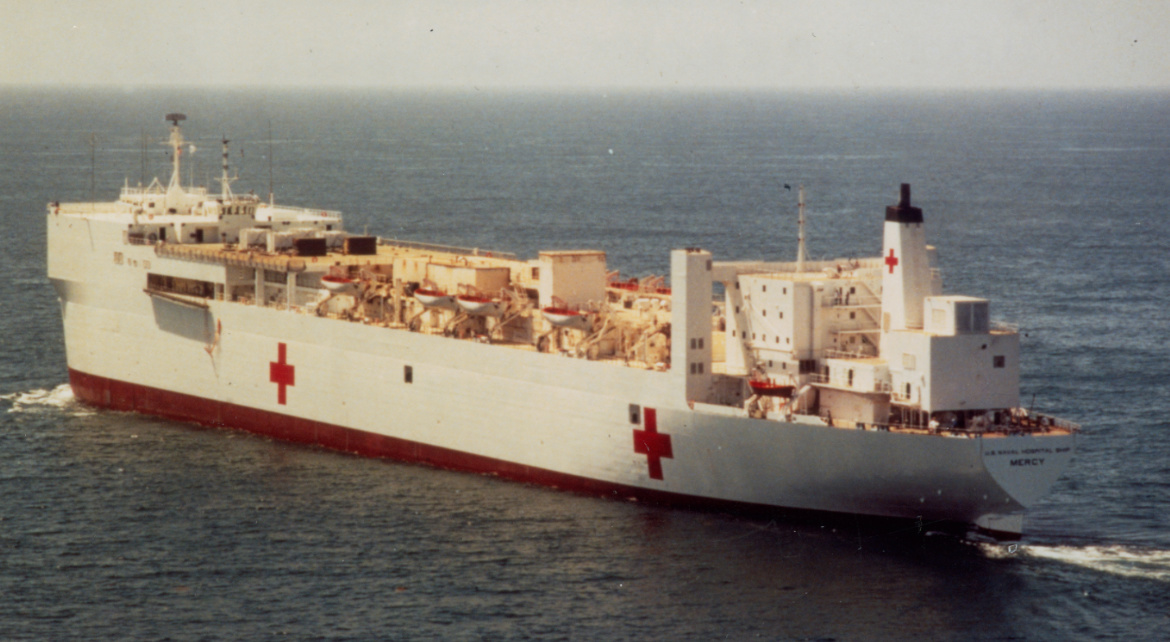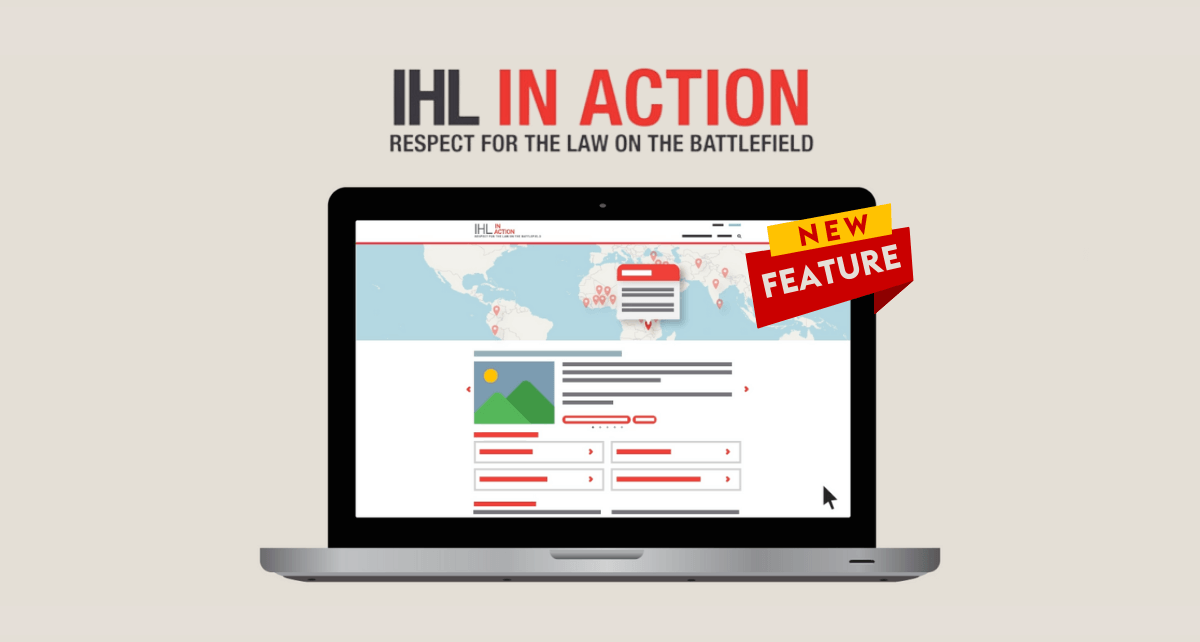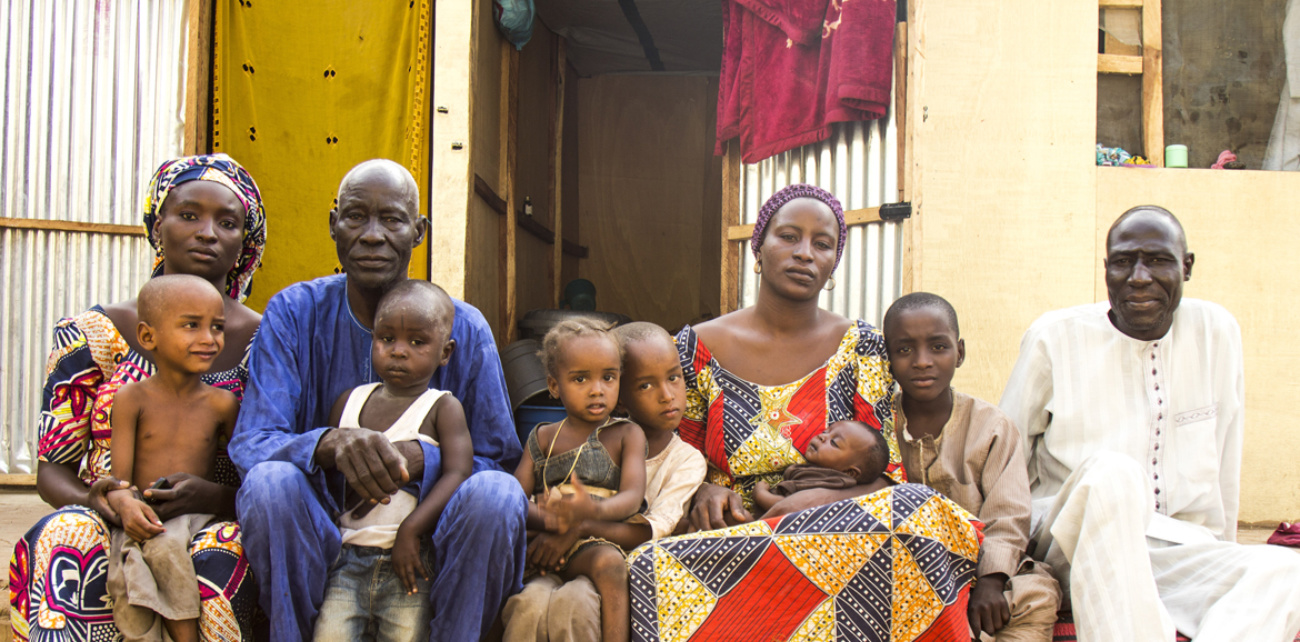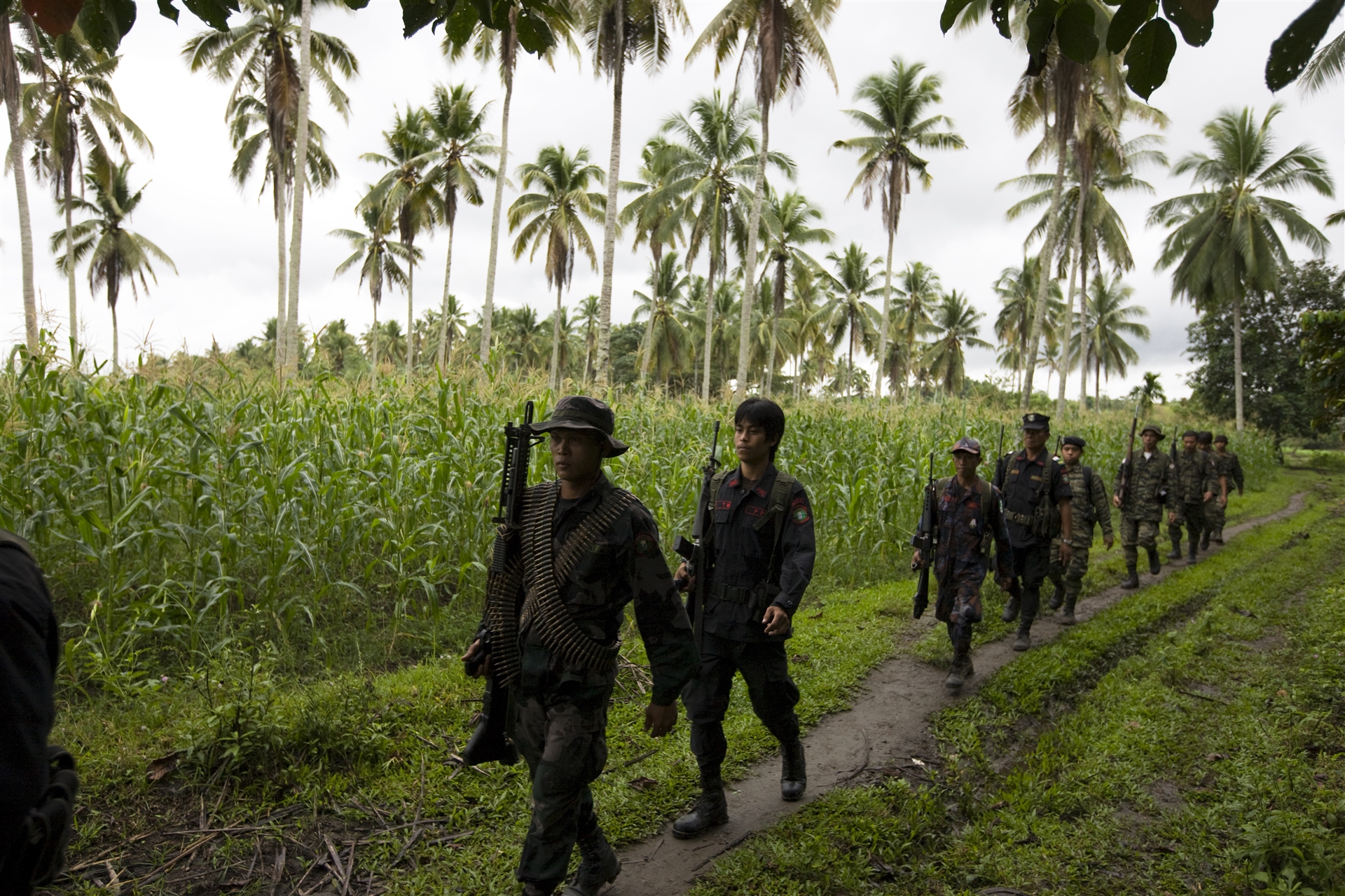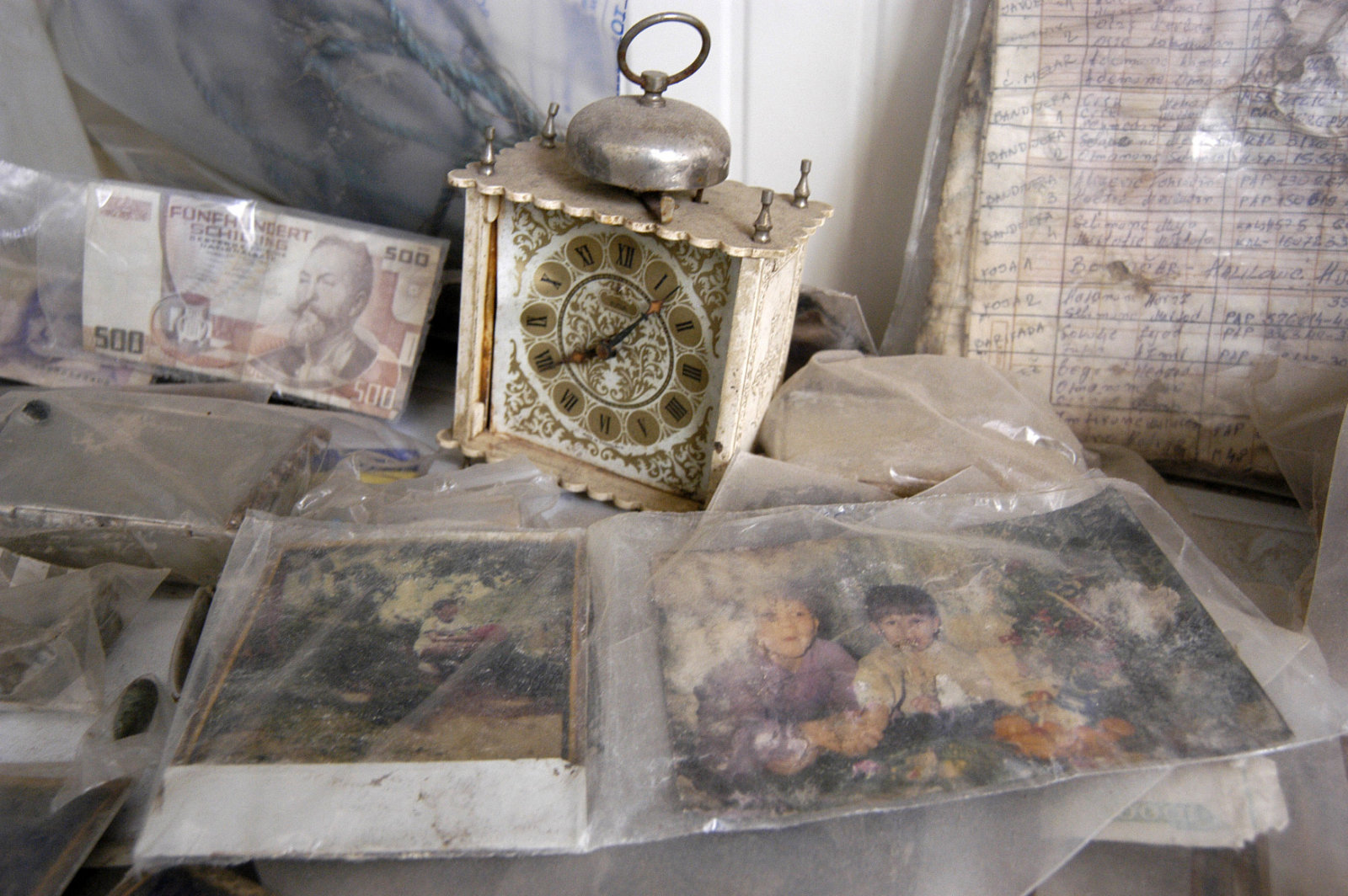Case prepared by Sadhana Sanjay and Johanna Trittenbach, LL.M students at Leiden University under the supervision of Prof. Robert Heinsch as well as Sofia Poulopoulou and Daniel Møgster (PhD researcher/researcher), Kalshoven-Gieskes Forum, Leiden University.
A. US DEPARTMENT OF DEFENSE REPORT TO CONGRESS ON THE CONDUCT OF THE PERSIAN GULF WAR
[…]
Operations Desert Shield and Desert Storm were supported by medical organizations in Central Command (CENTCOM), European Command (EUCOM), Pacific Command and the Continental United States (CONUS). The medical support structure was tailored to meet the command's needs based on the number of troops in the theater and the Commander-in-Chief, Central Command's (CINCCENT) casualty estimates for various types of combat operations.
[…]
Overview of Health Service Support Concept
The joint health service support (HSS) mission is to minimize the effects of disease, injuries, and wounds on unit readiness, effectiveness, and morale. The HSS system used in Operations Desert Shield and Desert Storm was an outgrowth of existing Service and joint operations procedures. While the SWA [Southwest Asia] environment and operational requirements were unique, medical care nonetheless was planned, arranged, and delivered through optimum use and integration of component command HSS resources, along the lines established by each Service for health service support. This mission was accomplished using a phased health-care system that begins with those measures taken near where initial disability occurs and extends through evacuation from the theater for treatment at a CONUS hospital. The system's effectiveness is measured by its ability to return patients to duty quickly and as far forward in the theater as possible, while minimizing morbidity and mortality. Through application of HSS principles and use of the levels of care, requirements for replacement personnel, patient evacuation, and logistics support were minimized.
[…]
B. MEDICAL CARE FOR ALLIED AND IRAQI WOUNDED COMBATANTS AT UK’s 32 FIELD HOSPITAL
[
Source: Bricknell, M.C.M., “The Evolution Of Casualty Evacuation In The British Army In The 20th Century (Part 3) – 1945 To Present”, in
Journal of the Royal Army Medical Corps, 2003 (149), pp 85-95, available at
https://jramc.bmj.com/content/jramc/149/1/85.full.pdf]
[…]
The ‘First’ Gulf War (1990-1991) for the liberation of Kuwait was a huge expeditionary deployment of UK forces from bases in the UK and Germany to Saudi Arabia […]. The war was characterised by armoured warfare fought over open spaces with few constraints to movement. There was a continual perceived threat from nuclear, biological and chemical weapons.
Over a period of 3 months a complete medical service of 4 hospitals, a hospital ship, 5 field ambulance units and numerous smaller units were deployed. Much of the equipment for the medical services had been orientated towards the short, intense war scenario of the Cold War with the consequent large casualty predictions that limited medical care to evacuation and transport back to UK. […]
The huge distances and mobility of the anticipated land operations dictated the layout of the medical plan. Casualties were evacuated to Regimental Aid Posts (RAP) and then to dressing stations. The field ambulance dressing stations were reinforced with field surgical teams to provide expert surgical resuscitation to the most seriously injured casualties.
32 Field Hospital was established in its forward position on 20 January 1991. It comprised a reception/triage area, an eightbay resuscitation area, a minor treatment area, an eight-table operating theatre and 200 beds in 4 wards. This was supported by a pathology and radiology departments. 32 Field Hospital used its recovery areas and operating theatres for post operative ventilation, resulting in prolonged recovery stays and delays to operating.
Casualties were then moved by C130 to the 600 bed General Hospitals; ‘33’ at Jubail and ‘205’ at Riyadh. After further treatment they were flown back to UK […].
[…]
[…]
The 32 Field Hospital was deployed as the most forward British surgical facility in support of the ground offensive. It handled both British casualties and Iraqi prisoners of war. […]
32Field Hospital
[…] Injured casualties received initial resuscitation and treatment at Regimental Aid Posts and Field Dressing Stations. Following helicopter evacuation to 32 Field Hospital, resuscitation was continued and appropriate radiographic studies were performed. Data on patients who underwent surgery were recorded on proformas to include the date and time, cause and nature of injury, duration of operation, operative findings and surgical management. Patients were evacuated on the first postoperative day to military general hospitals in southern Saudi Arabia.
Presentation and Management of Injuries
Between Jan 20 and Mar 6, 1053 patients were received by the hospital and 100 operations were performed. Sixty-three casualties sustained penetrating trauma because of missile injuries, 31 were British, 29 were Iraqi prisoners of war and 3 were Egyptian. […]
C. UK’s PREPARATIONS FOR MEDICAL SUPPORT DURING THE GULF WAR
[Source: Craig, R. P., “Preparations Made and Lessons Learned by the United Kingdom Defence Medical Services During Operation Granby”, in Journal of the US Army Medical Department 1992, pp. 26-30]
[…]
Casualty Rates
The provision of medical and surgical support in war depends upon a variety of factors of which casualty rates have become the most important parameter […]. These are calculated not by the medical services but by the strategists supported by Operational Analysis. […]
Size of Force
The second determinant for calculating medical support is obviously the size of the force deployed and the numbers at risk. […]
Wounded Prisoners of War
The original size of the hospital deployment was based upon the estimated British casualties and did not include a capacity to treat prisoners of war (known in the Gulf as EPWs [Enemy Prisoners of War]). Eventually, a number of multinational medical units were deployed to expand the UK's capacity, including field hospitals from Canada, Sweden and Romania, and other contributions from Norway, Belgium, New Zealand, Denmark, the Netherlands and Singapore. […]
The conflict
On the British side, 32nd Field Hospital treated the bulk of those wounded and evacuated during the ground campaign, of whom nearly 50% were Iraqi. […]
Philosophy of Deployment
The philosophy for the treatment of battle casualties used by the British Forces has two principles:
(1) That as many as possible receive treatment and are returned to duty.
(2) That those who cannot be rendered fit only receive such resuscitation and surgery as is needed to guarantee their safe evacuation to the next echelon of treatment. […]
D. UK’s EVACUATION CHAIN
[…]
During the latter half of 1990 the Royal Air Force established a medical evacuation chain in support of the British First Armoured Division during Operation Granby (known as Operation Desert Storm in the USA). […]
By the start of the ground phase of the war the British evacuation chain was fully operational and capable of treating and transferring hundreds of casualties per day. In the event, only about 850 patients were transported down the evacuation chain during the conflict, and less than 10% of these were battle casualties. […]
Medical contingency plans for a full scale conflict had already been drawn up and it was-clear that an aeromedical evacuation capability would be required. In modern warfare, the time taken to move casualties to definitive medical care is extremely short, thanks to the rapid evacuation made possible by the use of both road and air -transport, not least helicopters. […]
The concept of operations
The aeromedical detachment at Al Jubail was situated at the hub of an evacuation chain which started at the battlefield and ended in the UK. Other British aeromedical facilities were located in Bahrain, Dhahran, Riyadh and Al Qaysumah in the Gulf, and at Akrotiri in Cyprus. The plan was to evacuate casualties from the front line dressing stations to field hospitals near the forward air head at Al Qaysumah, some 75 km south of the Iraq/Saudi border. From there they were flown either direct to Riyadh or to Al Jubail where they would receive further treatment, if urgently needed, before transfer to a surgical unit.
[…]
For the duration of the conflict a total of 848 casualties were transported down the RAF evacuation chain. […]
Discussion
I. Classification of the Situation and Applicable Law
1. How would you classify the situation in the Persian Gulf in 1990-91? Was there an armed conflict? If yes, were the US and the UK a party to it? Which additional information would you require to make such a determination? What is the applicable law? (
GC I-IV, Art. 2;
P I, Art.
II. Treatment and Care of the Wounded
2. What are the obligations owed to the wounded and sick by the parties to an armed conflict? What is the standard of care that they are entitled to? Does IHL envisage the evacuation of the wounded and sick from the battlefield? (
GC I, Arts 12,
15;
P I, Art. 10; CIHL Rules 47; 87;
109;
110)
3. Under what circumstances is an individual considered ‘wounded’ under IHL? Can a distinction be made between civilians and combatants? Between own and enemy combatants? Does IHL allow the parties to the conflict to give priority to their own soldiers in the provision of medical care? Is adverse in the distinction in the delivery of medical care to the wounded prohibited under IHL? What is the status of wounded combatants who fall into the hands of the enemy? (
GC I, Arts 12,
13,
14;
P I, Art. 8)
4. Is preparatory work necessary in order to comply with the obligations relating to the treatment of wounded and sick? Were the US and UK obliged to set up medical units to treat the wounded? What factors did they take into consideration when preparing the medical support operations during the Gulf War? Does IHL envisage the role of external actors in offering assistance to the parties to the conflict in providing medical treatment to the wounded? (
GC I, Art. 27)
III. Elements Contributing to Respect for IHL
(Documents A and C) How the does the objective of “minimizing the effects of disease, injuries, and wounds on unit readiness, effectiveness, and morale” influence the parties to the conflict to ensure medical treatment and care for the wounded? In your opinion, what is the link between the morale of soldiers and the expectation that a party to the conflict has set up structures to treat those who may sustain injuries during the armed conflict?
5. (Document C) Do you agree that the parties to the conflict may have a military interest in providing medical care for the wounded so they can “return on duty” as soon as possible?
6. Do you think that positive reciprocity has a role to play in the provision of medical treatment and care for the enemy soldiers? Could the expectation that the adversary will treat the wounded soldiers irrespective of which side they fought on contribute to the respect for relevant IHL norms by a party to the conflict?
